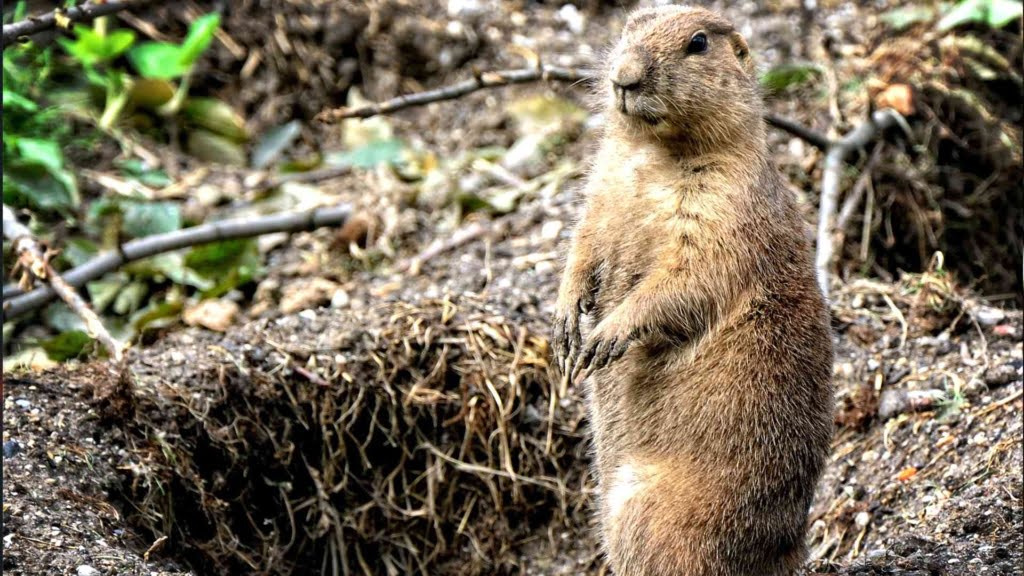Key Takeaways
| Fact | Description |
| Scientific Name | Marmota kastschenkoi |
| Common Name | Forest-steppe marmot |
| Classification | Rodent |
| Habitat | Woodland area in the middle-southern part of Russia |
| Altitude Range | 180 to 450 meters (590 to 1,480 feet) |
| Body Length | 45 and 66 cm (18 to 26 inches) |
| Weight Range | 3 kg (6.6 lbs) in spring to 8.9 kg (20 lbs) in autumn |
| Hibernation Period | Six and a half months around August or September |
| Population | About 14,000 to 16,000 Forest-steppe marmots |
Introduction to the Forest-Steppe Marmot
The Forest-steppe marmot, scientifically known as Marmota kastschenkoi, is a rodent species of the marmot genus. This interesting creature lives in the forest steppe, a kind of woodland area, in the middle-southern part of Russia. It’s found at heights ranging from 180 to 450 meters (or 590 to 1,480 feet) above sea level. This marmot lives in a pretty small area that’s just to the east of a big river known as the Ob River.
Characteristics
Forest-steppe marmots are pretty big for a rodent, with the length of their head and body combined measuring between 45 and 66 cm ( 18 to 26 inches). After they wake up from their hibernation, the lightest marmots weigh just 3 kg (about 6.6 lbs). But by the time autumn rolls around and they’re getting ready to hibernate again, the heaviest marmots can weigh as much as 8.9 kg (20 lbs)!
Hibernation
Forest-steppe marmots take a really long sleep, known as hibernation, for about six and a half months every year. They usually start hibernation around August or September.
Population
Back in 2011, it was estimated that there were about 14,000 to 16,000 Forest-steppe marmots living in the wild. The number of these marmots hasn’t changed much over the past few decades, which means their population are pretty stable.
Conclusion
The Forest-steppe marmot, or Marmota kastschenkoi, is a fascinating creature that calls the forest steppe in Russia its home. Their weight can vary significantly throughout the year due to their hibernation habits. They sleep for about six and a half months every year, starting from August or September. Population has remained stable, with an estimated 14,000 to 16,000 of them living in the wild as of 2011. So, the next time you think of a marmot, remember the Forest-steppe marmot, a unique rodent that lives by the Ob River and takes a really long sleep every year!
Reference:

